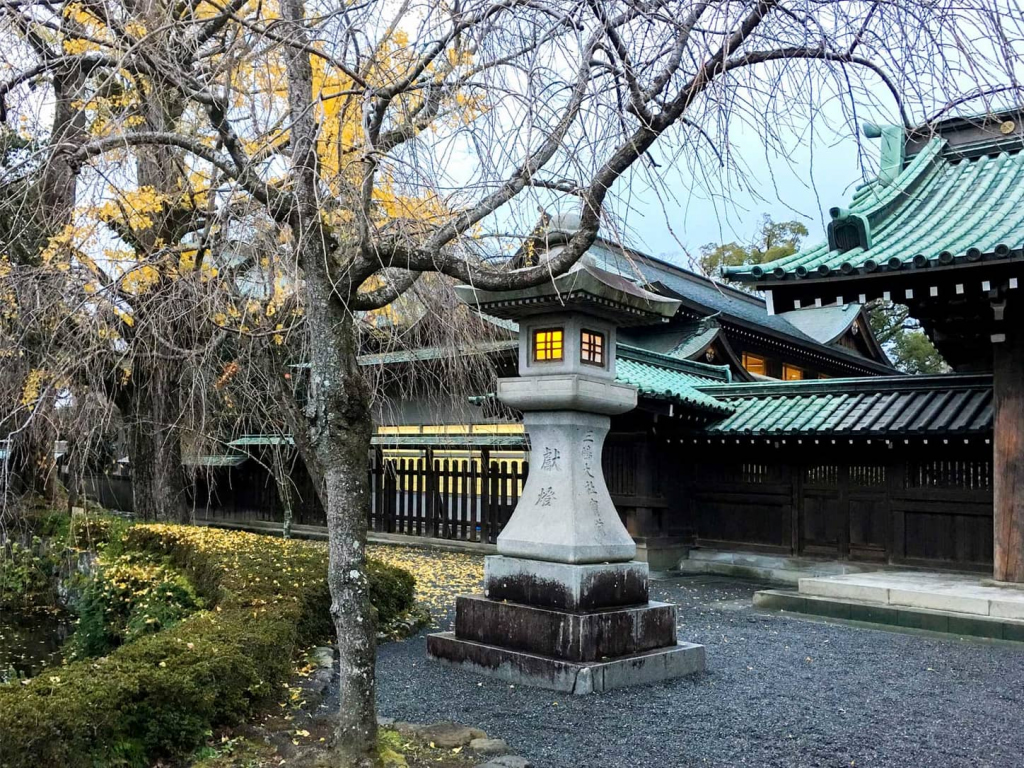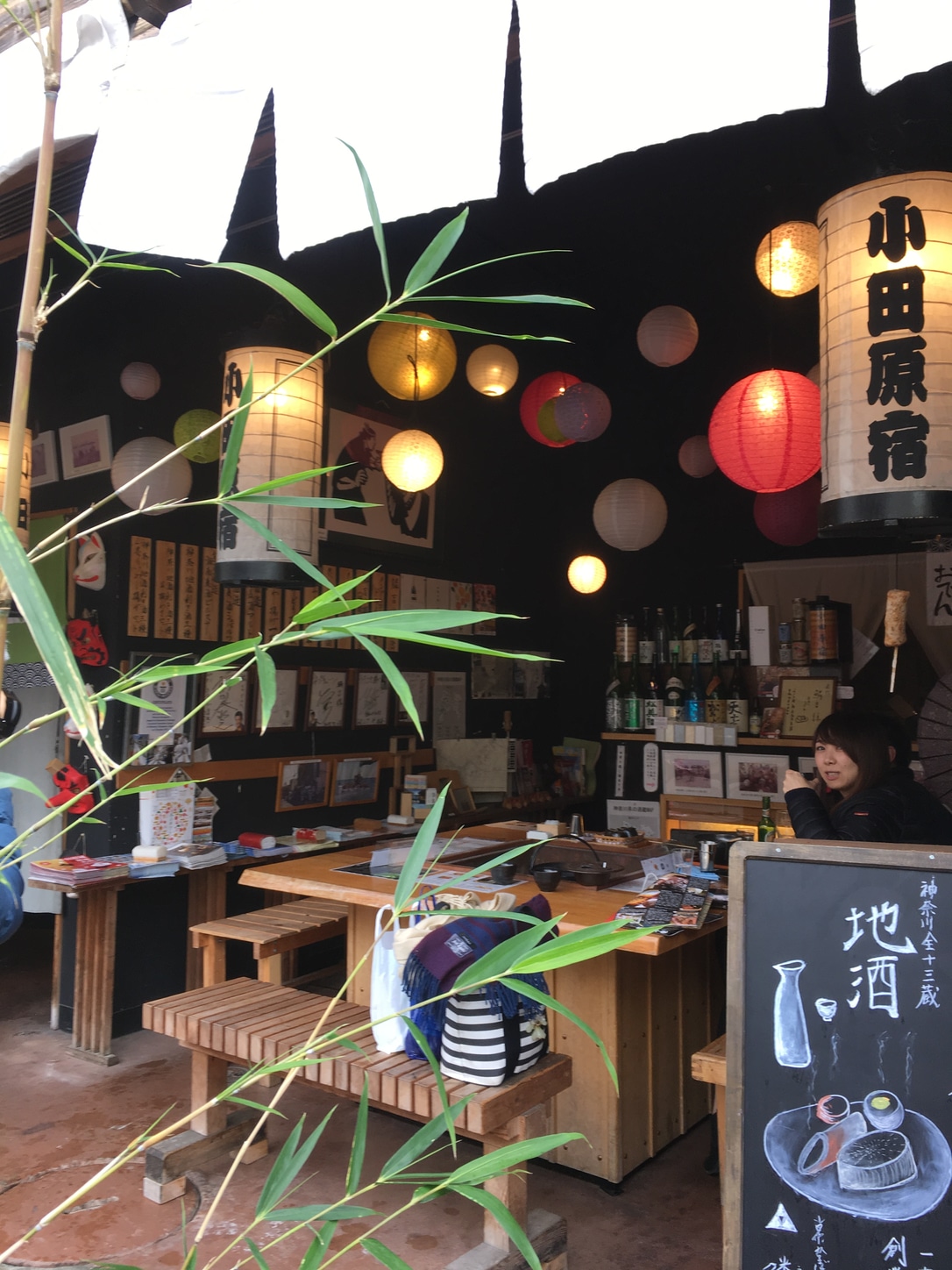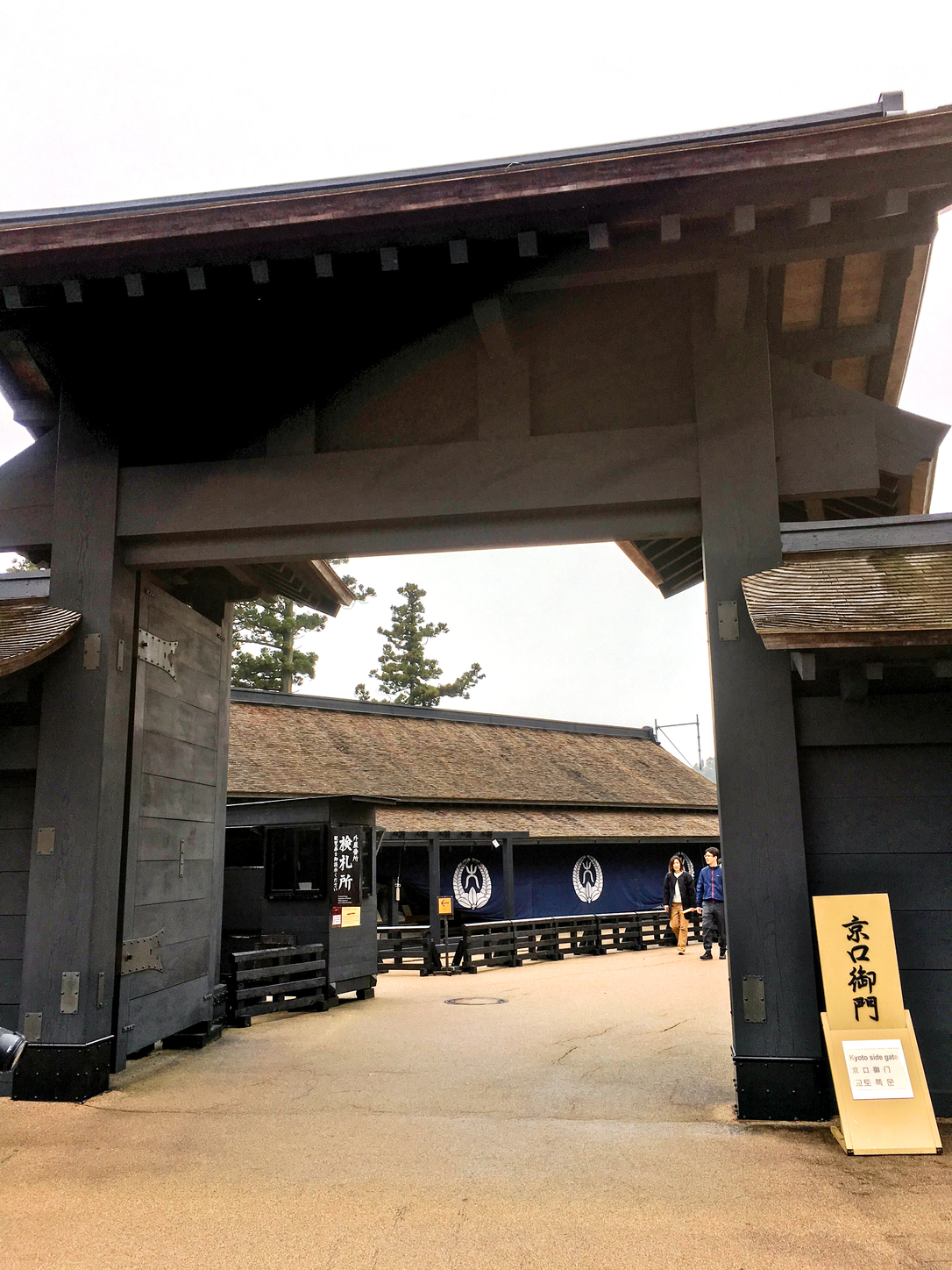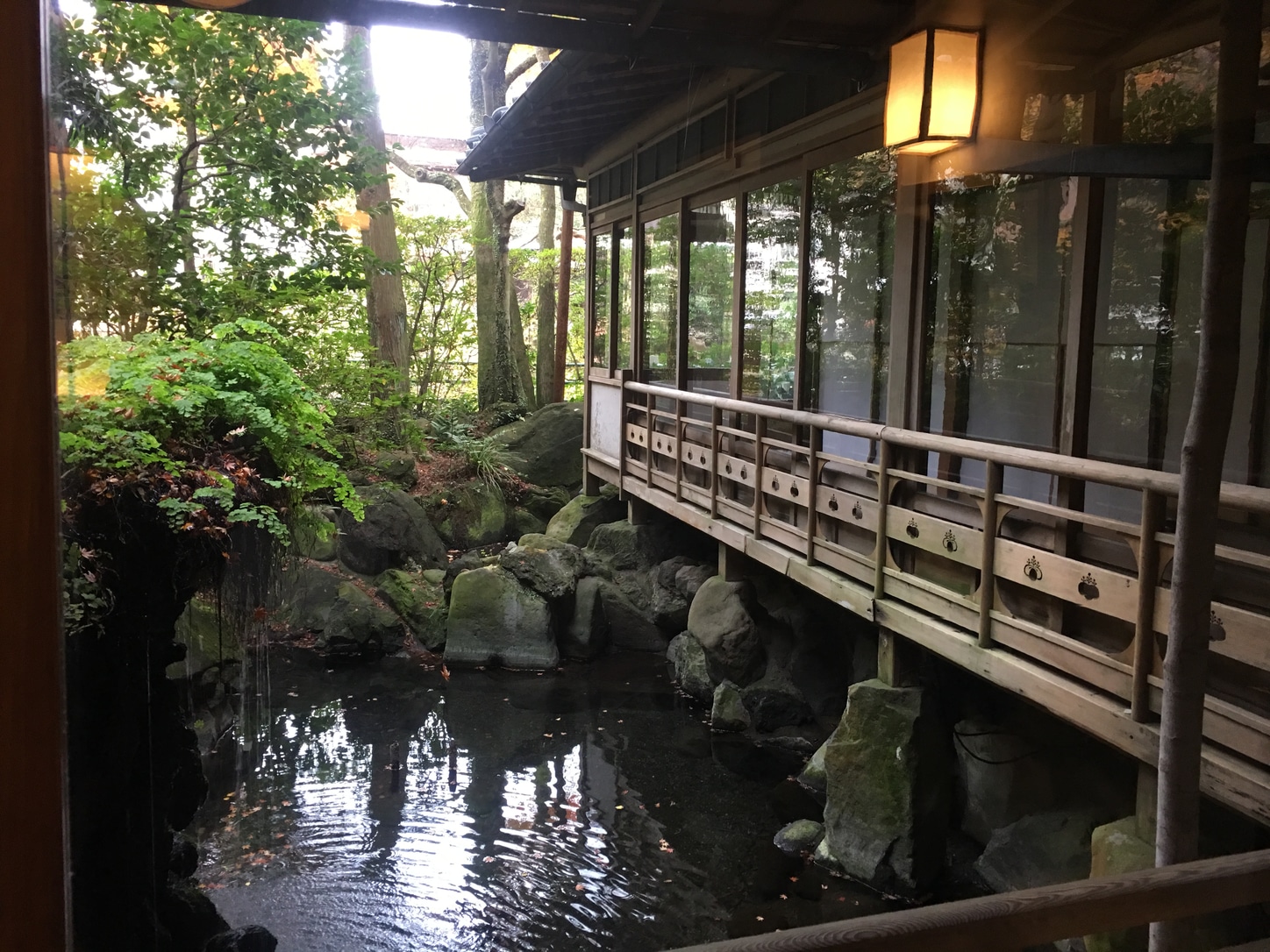Many years ago, Edo-era travelers making their way between the Edo region (present-day Tokyo) and the ancient capital of Kyoto followed the 500 km-long Tokaido route – on foot. The road was lined with shukuba (post stations) featuring inns and shops catering to journeying pedestrians – a fascinating fragment of history illustrated perhaps most famously by ukiyo-e artist Hiroshige’s woodblock print series “Fifty-Three Stations of the Tokaido.”
The section traversing the steep mountainous Hakone Pass between Odawara and Mishima (present-day Kanagawa and Shizuoka prefectures) was the most harrowing of the entire Tokaido.
Known as Hakone Hachiri for its length of eight ri (approximately 32 kilometers), this segment has recently been granted Japan Heritage status – and many of the attractions from its flourishing tourist culture may still be experienced today.
While modern travelers can of course make the journey in the comfort of a train, bus or car, why not flavor your visit with some extra historical authenticity by doing it on foot – at least part of the way – just like way back in the day?
Odawara: Gateway to Hakone Hachiri
Odawara, stop number nine among the 53 shukuba, is the lead-in to the Hakone Hachiri route. History buffs will want to begin at Odawara Castle, located about a 10-minute walk from the city’s main train station. Ruled by the Hojo clan until daimyo Toyotomi Hideyoshi’s Siege of Odawara in 1590 prior to unifying the country, and subsequently controlled by Tokugawa Ieyasu, the castle is also well-known for its picturesque displays of seasonal flowers – get the selfie sticks ready for action.
Fortify yourself for the walking (and climbing) that lies ahead by next visiting Odawara Kamaboko Road, which is lined with shops specializing in kamaboko (fish cake loaves). A group of young entrepreneurs has mobilized to revitalize traditional local culture, and you’ll see atmospheric and welcoming touches such as colorful lanterns in shop windows, and tourist maps available around town featuring coupons for local goods.
Hakone: More than Hot Springs
Continuing along the trail, it goes without saying that your visit to Hakone – one of Japan’s top hot springs destinations – should include a soak in its medicinally rich onsen waters. Travelers with cash to splash may wish to stay overnight in one of the traditional local wooden inns that trace their histories back to the Edo era, such as Bansuiro Fukuzumi or Kansuiro, which have achieved a collective listing on the World Heritage Site Tentative list, and feature fascinating architecture along with beautiful gardens.
Further down along Highway 1, the village of Hatajuku offers numerous shops with items crafted in the intricate Hakone yosegi-zaiku style, where wood from local trees is shaved into chips, combined into mosaic patterns, and molded into various household items and artistic creations. An excellent place to encounter the craft is the Luthier studio, run by a member of the Zoukibayashi group of young local artisans that is dedicated to passing down this historical art.
“Thirteenth generation owner Satoshi Yamamoto recounts how his ancestors served weary travelers”
Proceed via the preserved Old Tokaido walking trail, an atmospheric section of the route flanked by towering cedar trees and the same moss-covered stones enjoyed by Edo-era travelers. (If you do only one section of the road on foot, this should probably be it.) You will most certainly have earned your steaming cup of amazake (a sweet fermented rice drink) to be enjoyed around the hearth at Hakone Amazake-chaya, a tea house that is the last of its type along the route. Thirteenth-generation owner Satoshi Yamamoto recounts how his ancestors served weary travelers who had just passed through the Hakone Sekisho (checkpoint) on their way to Edo, and how deeply grateful they were for the warm beverage.
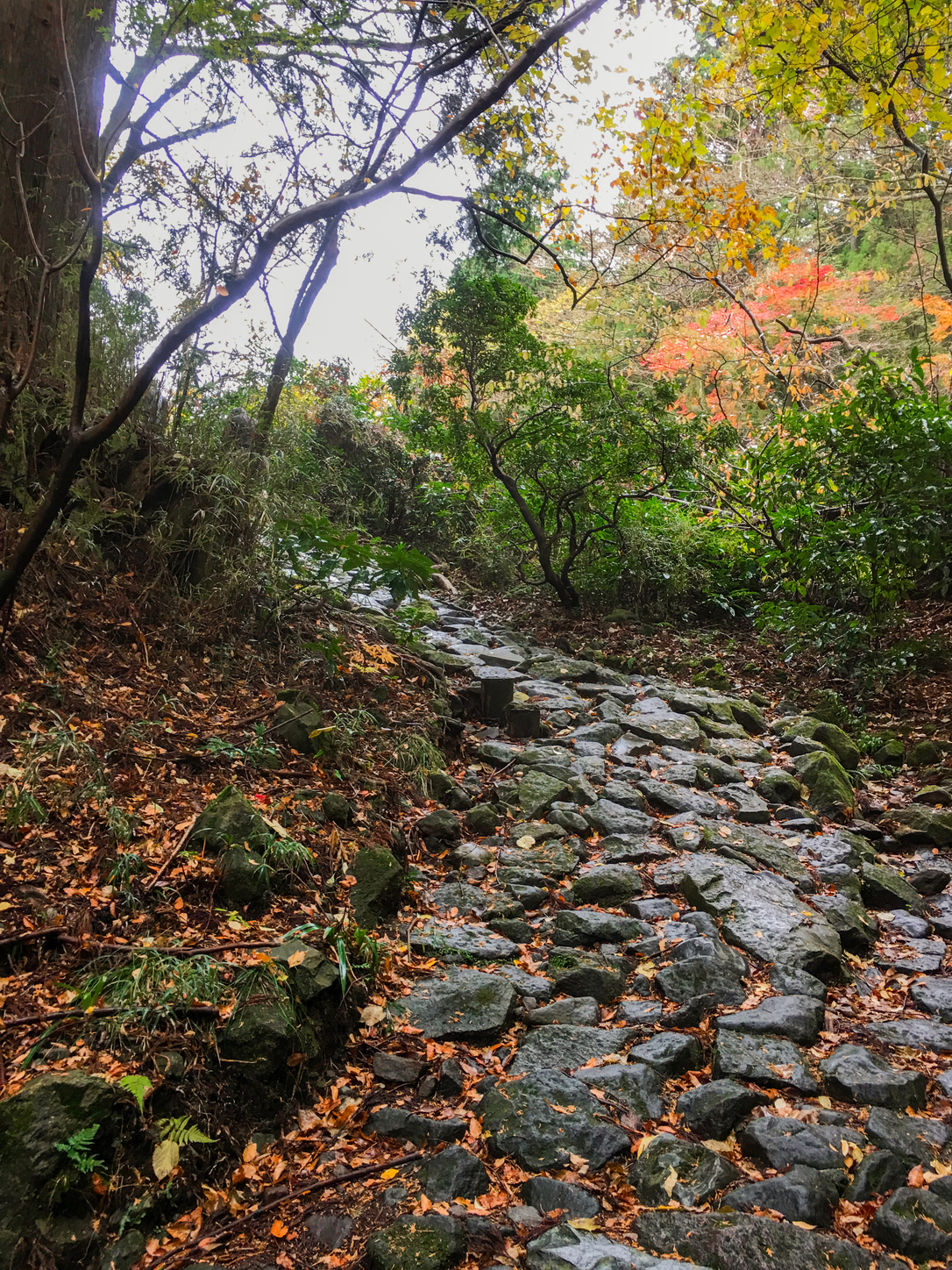
Prior to motorized travel, walking long distances on foot was clearly a formidable undertaking – particularly when it involved traversing a mountainous gorge – and Edo residents consequently tended to view anything on the other side of the Hakone Pass as literally being in another world. A visit to the recreated checkpoint and onsite museum, located along the eastern edge of Lake Ashi, offers a glimpse back in time to what this “crossing through worlds” might have felt like.
Although ostensibly for protecting potential weapons from being smuggled into Edo, the major purpose of the checkpoint was to intensely scrutinize all departing women to make sure that they were not escaping – an enforcement of the practice whereby feudal lords around the country sent their wives to Edo as hostages in order to ensure their loyalty to the Tokugawa shogunate.
On the Other Side of the World
Having traversed this sobering checkpoint, continue hugging the corner of the lake before veering off southward along Highway 1 in the direction of Mishima in Shizuoka Prefecture, past rolling farmland. You will be rewarded by stunning views of Mt Fuji in all her glory at the Mishima Skywalk, which is the longest suspension bridge for pedestrians in the country.
You will be welcomed by the lovely peaceful grounds of Mishima Taisha – a shrine where travelers historically prayed either for safe journeys or in appreciation for safe passage, depending upon the direction of their travels.
Those who have walked the entire Hakone Hachiri route can congratulate themselves on going where few of today’s travelers tread. But even if you’ve traversed only a section of the road on foot, or none at all, you still will have experienced an undeniably intriguing slice of history.
More info at hakonehachiri.com
Updated On December 26, 2022

